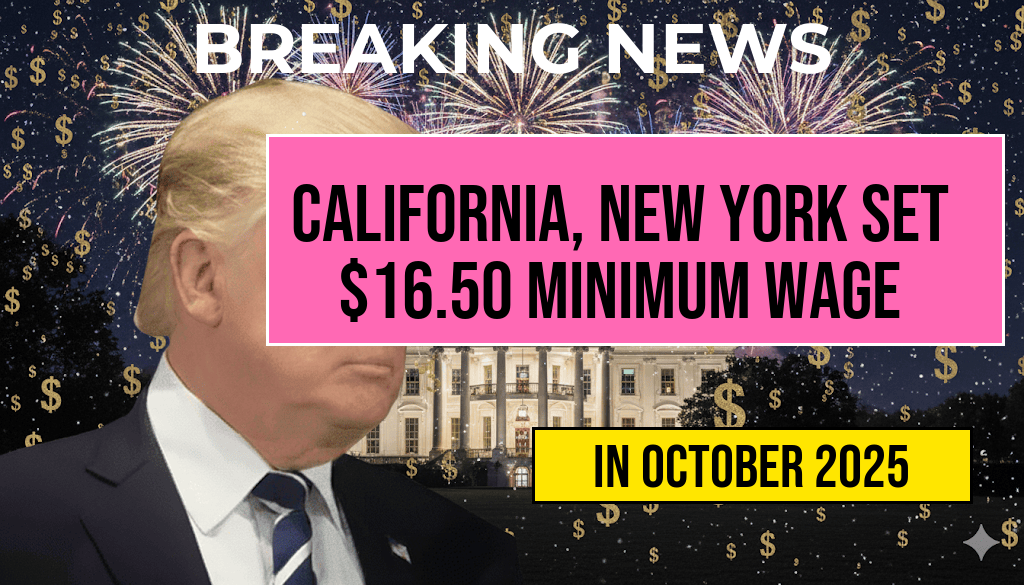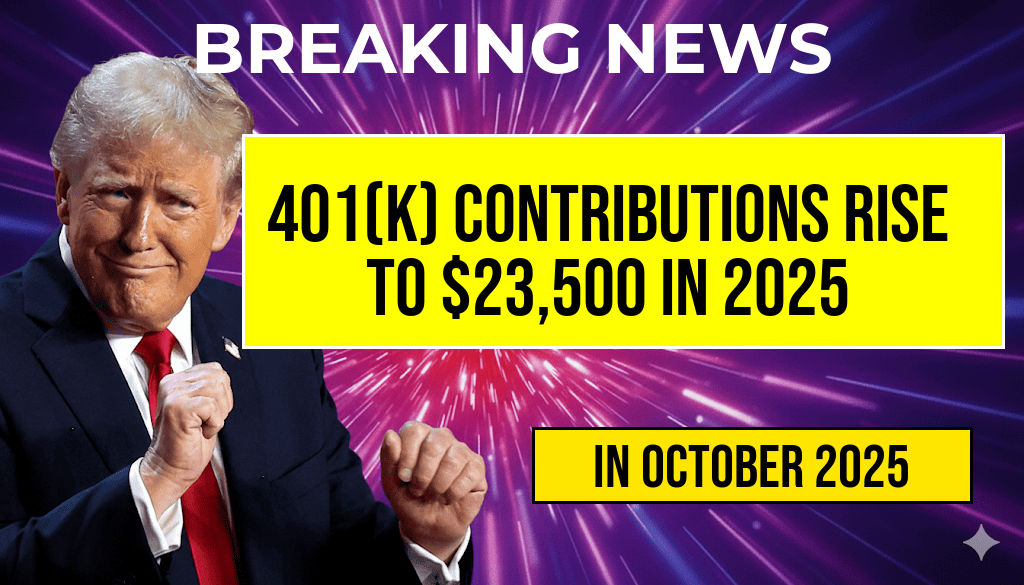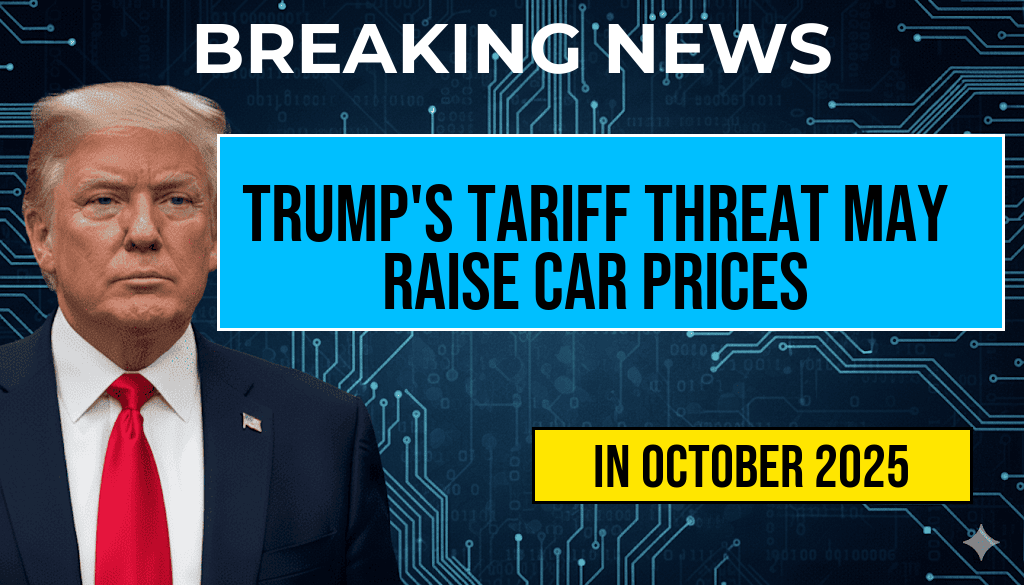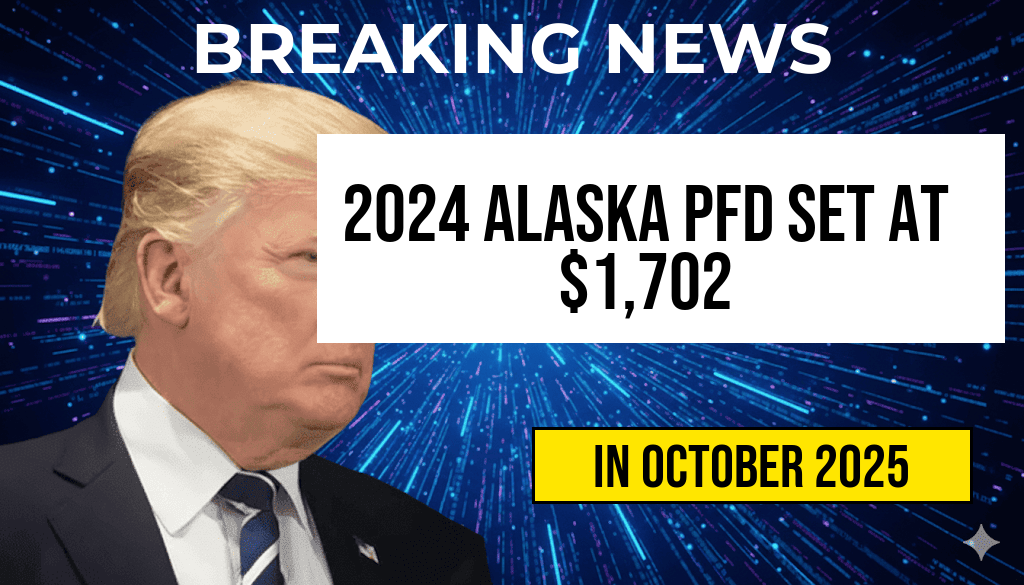In a significant shift for retirement planning, the Internal Revenue Service (IRS) has announced an increase in the annual contribution limit for 401(k) plans, allowing employees to contribute up to $23,500 in 2025. This adjustment comes as a response to inflation and aims to encourage Americans to save more for their retirement. For many workers, this increase represents an opportunity to enhance their financial security in their later years, particularly as the cost of living continues to rise. The updated limit marks an increase from the previous year, reflecting the IRS’s commitment to helping individuals better prepare for retirement. This move could potentially benefit millions of workers who rely on 401(k) plans as a primary means of retirement savings.
Understanding the 401(k) Contribution Increase
The increase in contribution limits is part of the IRS’s annual adjustments, which take into account various economic factors, including inflation and wage growth. In 2024, the contribution limit was set at $22,500, making the jump to $23,500 a notable change for employees looking to maximize their retirement savings.
Who Will Benefit from the New Limits?
This increase is particularly beneficial for younger workers and those who may have started saving later in their careers. According to financial experts, contributing the maximum amount allowed can significantly impact an individual’s retirement savings over time.
- Younger workers: Starting to contribute at a higher limit can lead to compounded growth over the decades.
- Late savers: Individuals who have not saved enough may find this increase crucial to catching up on their retirement goals.
- High earners: Those with higher incomes can take advantage of the increased limits to shelter more income from taxes.
Comparative Contribution Limits for 401(k) Plans
| Year | Contribution Limit |
|---|---|
| 2023 | $22,500 |
| 2024 | $22,500 |
| 2025 | $23,500 |
Strategies for Maximizing 401(k) Contributions
As employees prepare for the increased limits, financial advisors suggest a few strategies to make the most of the opportunity:
- Automate Contributions: Setting up automatic payroll deductions can ensure that employees consistently contribute toward their retirement savings.
- Increase Contributions Gradually: Rather than jumping to the maximum limit immediately, employees can gradually increase their contributions over time.
- Utilize Employer Match: Employees should take full advantage of any employer matching contributions, as this is essentially free money added to their retirement account.
Potential Impact on Retirement Planning
The increase in contribution limits could have a profound impact on retirement planning for many Americans. According to a report from the Forbes Advisor, increasing contributions can significantly enhance the retirement nest egg due to the power of compound interest. The earlier individuals start saving at higher limits, the more they can benefit from this effect.
Conclusion
As the IRS raises the 401(k) contribution limits to $23,500 for 2025, employees are presented with a valuable chance to bolster their retirement savings. The change underscores the importance of proactive financial planning and encourages workers to take charge of their future. With the rising costs of living and the unpredictable economic landscape, maximizing retirement contributions is a critical step toward achieving long-term financial security.
For further information on retirement savings and strategies, visit Investopedia and IRS Retirement Plans.
Frequently Asked Questions
What is the new 401(k) contribution limit for employees in 2025?
The new 401(k) contribution limit for employees in 2025 is $23,500, allowing individuals to save more for retirement.
How does the increased contribution limit benefit employees?
The increased limit allows employees to save more money tax-deferred, helping them to build a larger retirement nest egg over time.
Are there catch-up contribution options available for older employees?
Yes, employees aged 50 and older can take advantage of catch-up contributions, allowing them to contribute even more to their 401(k) plans.
When will these new contribution limits take effect?
The new contribution limits will take effect on January 1, 2025, providing employees with an opportunity to adjust their retirement savings strategies.
Can employees change their contribution amounts at any time?
Yes, employees can typically change their 401(k) contribution amounts at any time throughout the year, subject to their employer’s plan rules.










